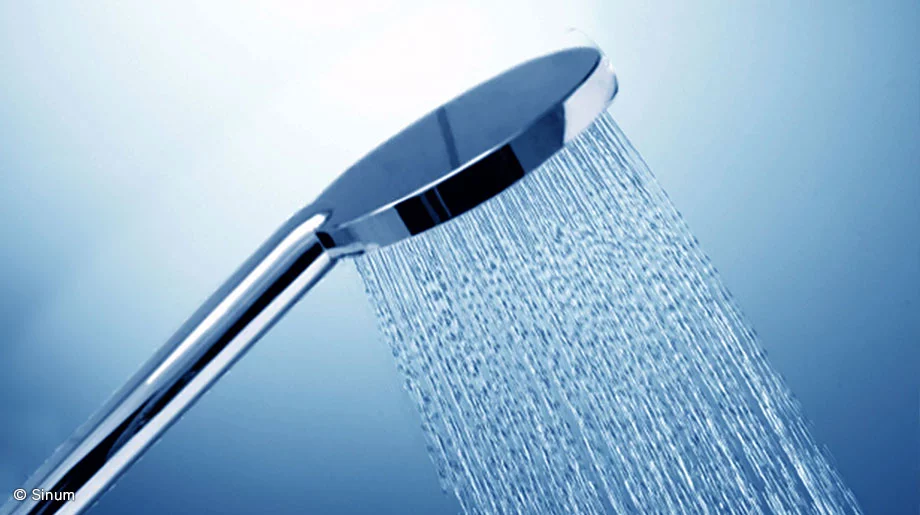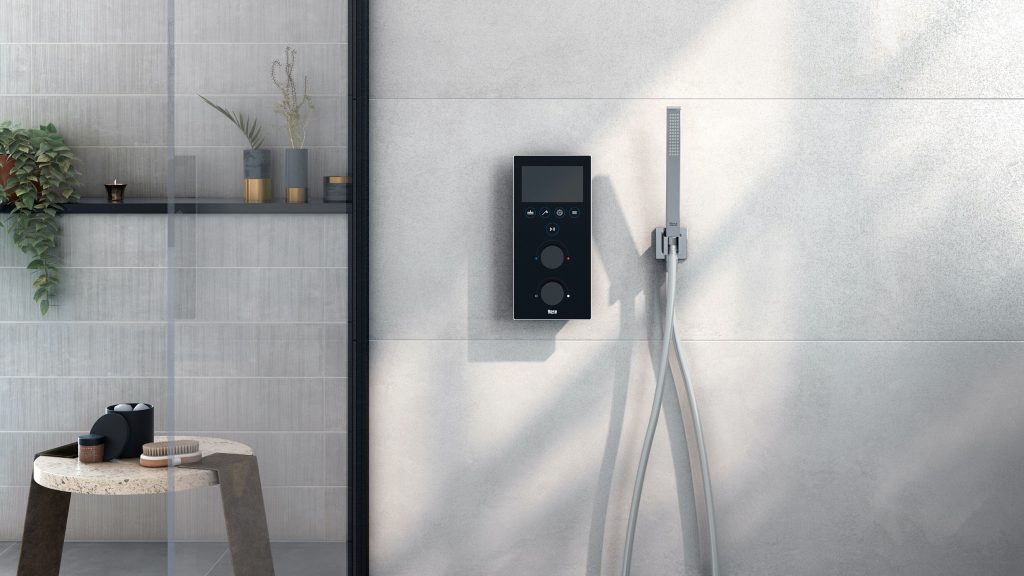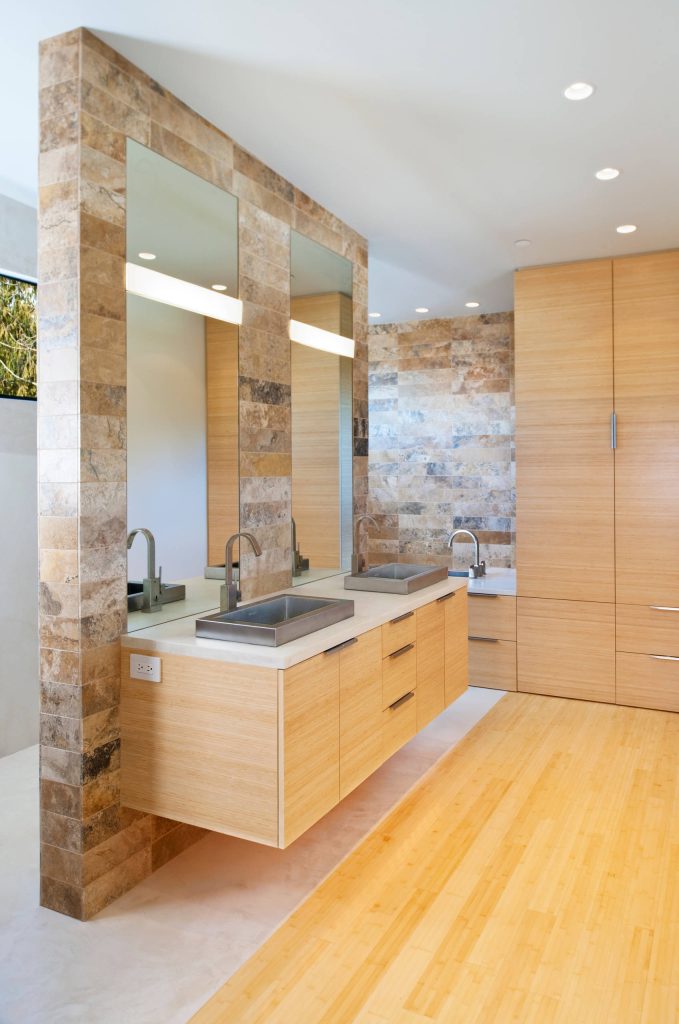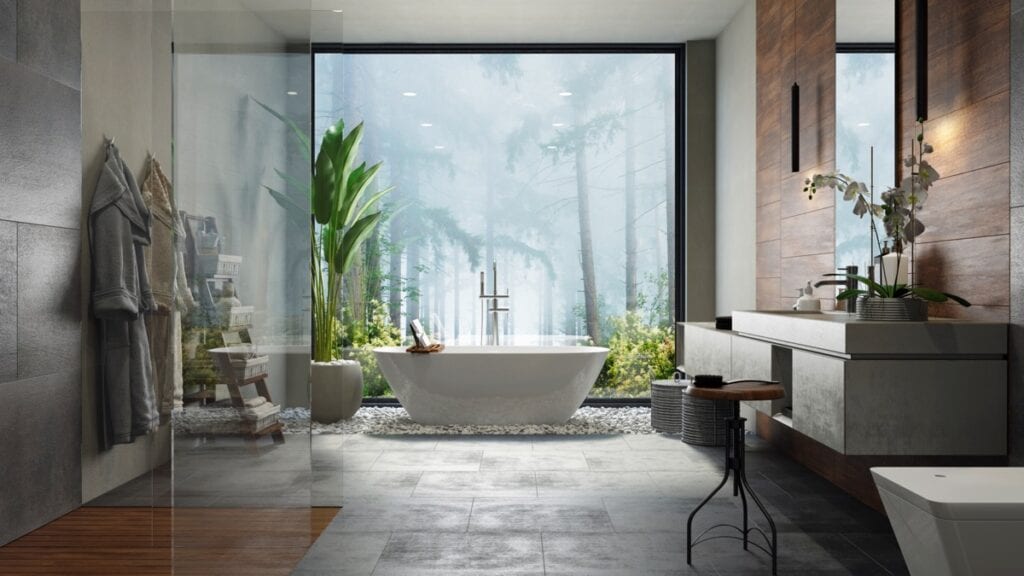As sustainability continues to grow in importance, many homeowners are turning to eco-friendly solutions for their home improvement projects. One area that offers significant potential for creating a more sustainable home is the bathroom renovation. With water consumption accounting for a large portion of household water use, upgrading your bathroom with water-saving products and designs not only helps reduce your environmental impact but can also lead to lower water bills. In this article, we’ll explore effective eco-friendly bathroom remodel ideas, focusing on water-saving tips and products that will elevate your bathroom’s sustainability and functionality.
1. Low-Flow Bathroom Fixtures
One of the simplest and most effective ways to reduce water usage is by replacing standard bathroom fixtures with low-flow alternatives. Bathroom fixtures such as faucets, showerheads, and toilets have evolved to become much more water-efficient. Here are a few eco-friendly updates to consider during your bathroom renovation:
Low-Flow Toilets
Modern low-flow toilets use a fraction of the water that older models consume, making them a must-have for an eco-friendly bathroom remodel. Some models use as little as 1.28 gallons per flush (GPF), compared to the traditional 3.5 to 7 GPF in older toilets. This simple switch can save thousands of gallons of water annually, making a big impact on water conservation.
Water-Saving Showerheads

Installing a low-flow showerhead is another great way to cut down on water usage without sacrificing water pressure. Walk-in shower designs can benefit from these energy-efficient showerheads, as they maintain a luxurious shower experience while using much less water. Modern bathroom fixtures include smart showerheads that control water flow, further enhancing conservation efforts.
Water-Efficient Faucets
Low-flow faucets are a crucial element in an eco-friendly bathroom remodel, especially in sinks where water use can add up quickly. Many new faucet designs limit water flow to 1.5 gallons per minute (GPM), reducing waste without compromising functionality. For maximum impact, choose bathroom vanity fixtures and sinks that complement your design while focusing on water efficiency.
2. Smart Bathroom Technology for Water Efficiency
As smart bathroom technology continues to advance, new products are helping homeowners conserve water while enhancing their bathroom experience. Here are a few eco-friendly tech options to consider during your bathroom makeover:
Smart Showers

Smart showers allow you to set and control water temperatures and flow rates, optimizing water usage for every shower. Some smart bathroom technology options include automatic water shutoff or temperature control, ensuring you don’t waste water while adjusting your settings.
Water Leak Detection
Installing water leak detection systems can alert you to leaks before they become serious issues. These systems help prevent water waste from unnoticed leaks, contributing to more efficient water management in your bathroom.
Motion-Sensing Faucets
For small bathroom remodels or those looking to maximize convenience, motion-sensing faucets are an excellent addition. These faucets automatically turn off when no longer in use, ensuring that water isn’t left running unnecessarily. Not only does this save water, but it also minimizes wear and tear on fixtures.
3. Eco-Friendly Bathroom Flooring Options
When planning an eco-friendly bathroom remodel, consider sustainable bathroom design solutions like eco-conscious flooring options. Here are some environmentally friendly choices that look great while reducing your bathroom’s carbon footprint:
Bamboo Flooring
Bamboo is a sustainable alternative to traditional hardwood flooring. It’s durable, water-resistant, and renewable, making it an excellent choice for eco-friendly bathroom flooring options. Its natural appearance can also add a warm, spa-like feel to your bathroom.

Cork Flooring
Cork is another renewable, biodegradable material that’s ideal for bathroom flooring. It’s naturally resistant to mold and mildew, making it a practical and sustainable option for bathrooms. Plus, cork is soft underfoot, offering a comfortable alternative to traditional ceramic tiles.
Recycled Tiles
If you’re planning a bathroom tile backsplash or updating the flooring, consider using recycled materials such as glass or ceramic tiles made from repurposed content. Bathroom tiles made from recycled materials help reduce waste and are often just as durable and stylish as their non-recycled counterparts.
4. Sustainable Bathroom Design Features
Incorporating sustainable elements into your bathroom design ideas can enhance the overall eco-friendliness of your remodel. Here are a few features to consider for a more environmentally responsible space:
Energy-Efficient Bathroom Lighting
Upgrade your bathroom lighting with energy-efficient options like LED bulbs. LED lighting uses a fraction of the energy of traditional incandescent bulbs, lasting longer and reducing electricity consumption. Whether you’re updating vanity lights or installing smart bathroom technology, choosing energy-efficient lighting is a key step in creating a sustainable bathroom.
Natural Ventilation

To improve airflow and reduce the need for air conditioning or artificial ventilation, consider incorporating natural ventilation solutions such as windows or skylights. Proper ventilation helps reduce humidity levels, preventing mold growth and promoting better indoor air quality, which is important for sustainable bathroom design.
Waterproof and Eco-Friendly Materials
When choosing waterproof bathroom materials, opt for sustainable options such as recycled materials, non-toxic paints, and sustainably sourced woods. For example, granite countertops and quartz countertops are not only durable and stylish but also low-maintenance, reducing the need for frequent replacements and contributing to sustainability.
5. Bathtub Replacement and Shower Remodel for Water Conservation
If you’re updating an old bathroom with a bathtub replacement or shower remodel, you can focus on water conservation by opting for energy-efficient models. Consider replacing your traditional bathtub with a walk-in shower design, which typically uses far less water. Walk-in shower designs allow for more precise water management, often incorporating water-saving features like low-flow showerheads and efficient drainage systems.
In addition to water-saving features, consider shower doors made of tempered glass to enhance the aesthetic while promoting water conservation. The clean, sleek design of frameless shower doors makes it easier to maintain your walk-in shower, ensuring it remains functional and beautiful.
6. Plumbing for Bathroom Remodel: Choose Eco-Friendly Fixtures

When undertaking a DIY bathroom renovation or working with bathroom remodeling contractors, don’t overlook the plumbing. Upgrading to eco-friendly bathroom plumbing can help prevent water waste, increase efficiency, and improve water pressure. For example, installing dual-flush toilets or water-saving showerheads can save significant amounts of water in the long run.
Additionally, replacing older pipes with more efficient materials, such as PEX (cross-linked polyethylene), can further reduce water wastage. This type of piping is durable, flexible, and resistant to corrosion, which helps maintain water flow and prevents leaks.
7. Cost-Effective Eco-Friendly Bathroom Renovations
While eco-friendly updates might seem like they could increase the bathroom remodel cost, the long-term savings often offset the initial investment. Lower water bills, reduced energy consumption, and a decrease in maintenance costs make eco-friendly upgrades a smart choice for homeowners looking to reduce their environmental impact.
If you’re looking for bathroom budget tips, focus on smaller updates first, such as swapping out bathroom fixtures or upgrading to water-efficient faucets. Over time, you can incorporate more sustainable features into your renovation as your budget allows.
Conclusion: Sustainable Bathroom Renovations for the Future
Eco-friendly bathroom remodel options not only help you conserve water and energy but also enhance the overall comfort and style of your bathroom. By incorporating water-saving products like low-flow toilets, water-efficient showerheads, and smart bathroom technology, you can create a bathroom that is both functional and sustainable. Whether you’re tackling a small bathroom remodel or embarking on a luxury bathroom remodeling project, the choices you make today can contribute to a greener, more energy-efficient future for your home. By focusing on sustainable materials, water-saving products, and energy-efficient fixtures, your bathroom renovation will become a model of modern, eco-friendly design. Start with the basics, and gradually build toward a fully sustainable bathroom that meets your needs and aligns with your environmental goals.
